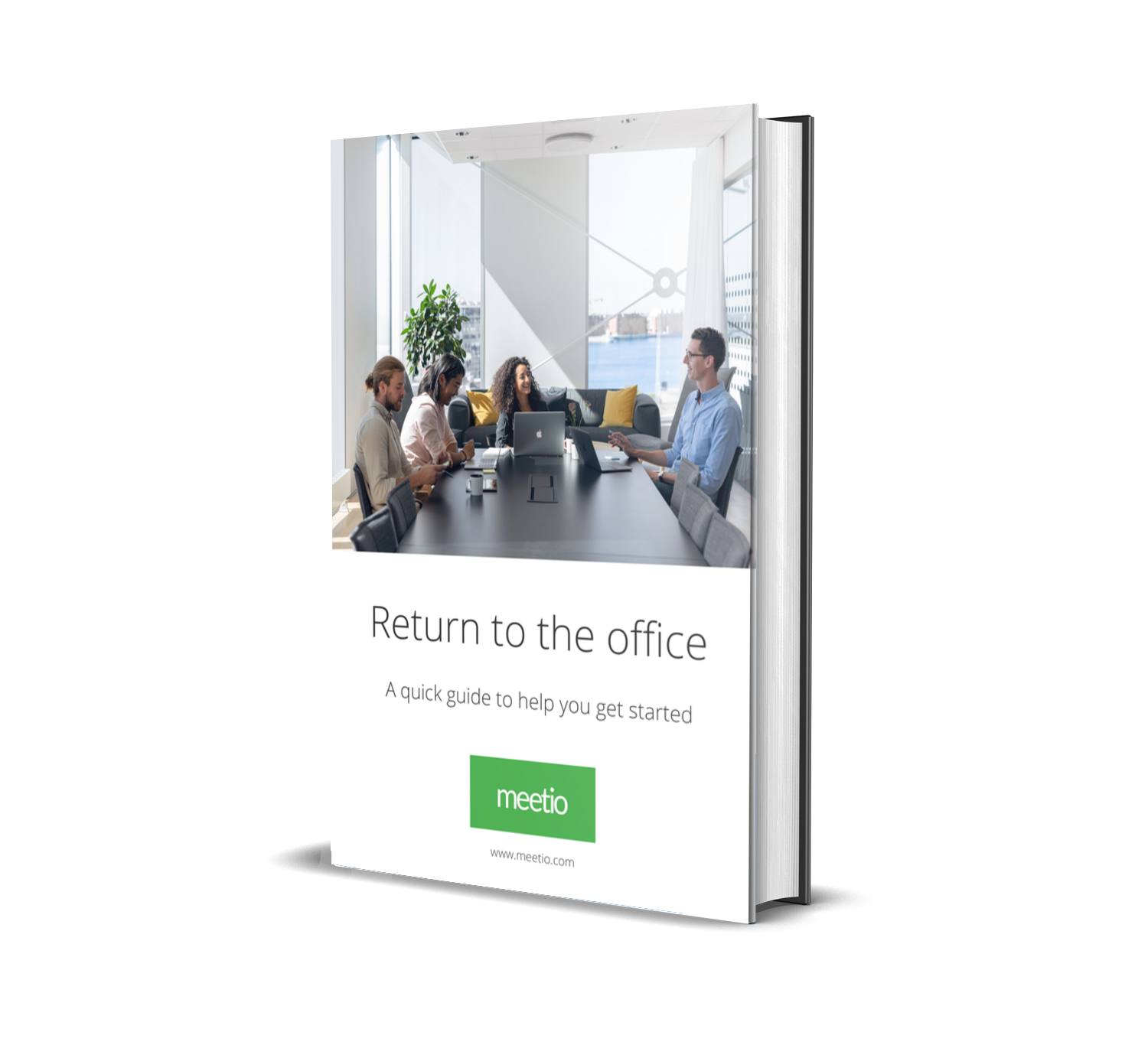
We can’t get enough fancy, workplace-related terms, can we? The hybrid workplace is yet another one, similar to the flexible workplace or the activity-based workplace but with some differences. Let’s sort it out!
The word hybrid means “a thing made by combining two different elements” according to Google. In the case of a hybrid workplace, this refers to employees working both from home and from the office. So, when you combine the two you get a hybrid workplace.
The flexible workplace and activity-based workplace have been around for a while. The hybrid workplace, however, has its origin in the shift that occurred during the pandemic. Since the pandemic hit, working remotely has become the norm and not an exception.
Several studies have pointed out that a majority of employees want to keep their new won flexibility. This indicates that we’re facing a new transition again and this time to the hybrid workplace. A possible future could look like this:
Many global businesses – Spotify, Salesforce and IBM, to name a few – have already expressed their support for the hybrid workplace. But as with most things, there are challenges worth noting.
You do not get a hybrid workplace just by returning to the office, it needs to be more managed than that. As we’re starting to make our return, we need to be mindful of social distancing and we need to manage how many people can come into the office at any given time. Safety comes first, but don’t forget the soft values. Here are some points to consider:
The hybrid workplace refers to the practice of working both remotely and from the office. Quite simply, the best of both worlds.
Download our free guide – checklist included.

These Stories on Workplace design
Meetio AB/Logitech Nordics AB
Hamngatan 4
211 22, Malmö
Sweden
Magnus Ladulåsgatan 3
SE-118 65 Stockholm
Sweden
Sweden: +46-(0)10-101 95 60
Comments (1)